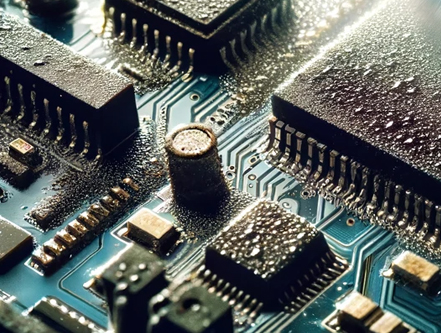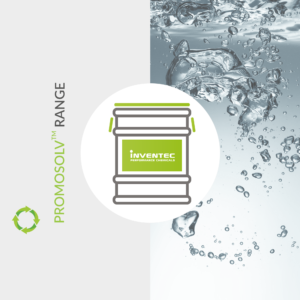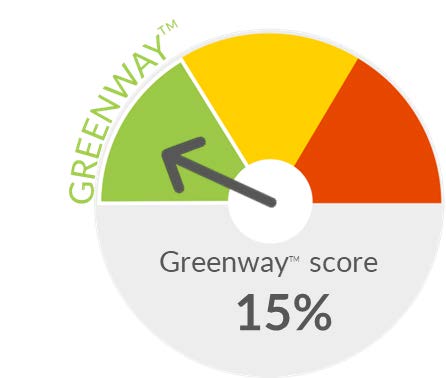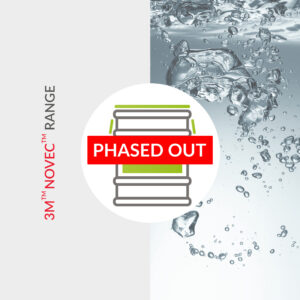Rinsing & Drying solvents
Environmental friendly solvents for rinsing in a Co-solvent process for cleaning of electronic and mechanical parts. Dedicated range for water removal processes as a faster and more environmental alternative for drying by hot air.
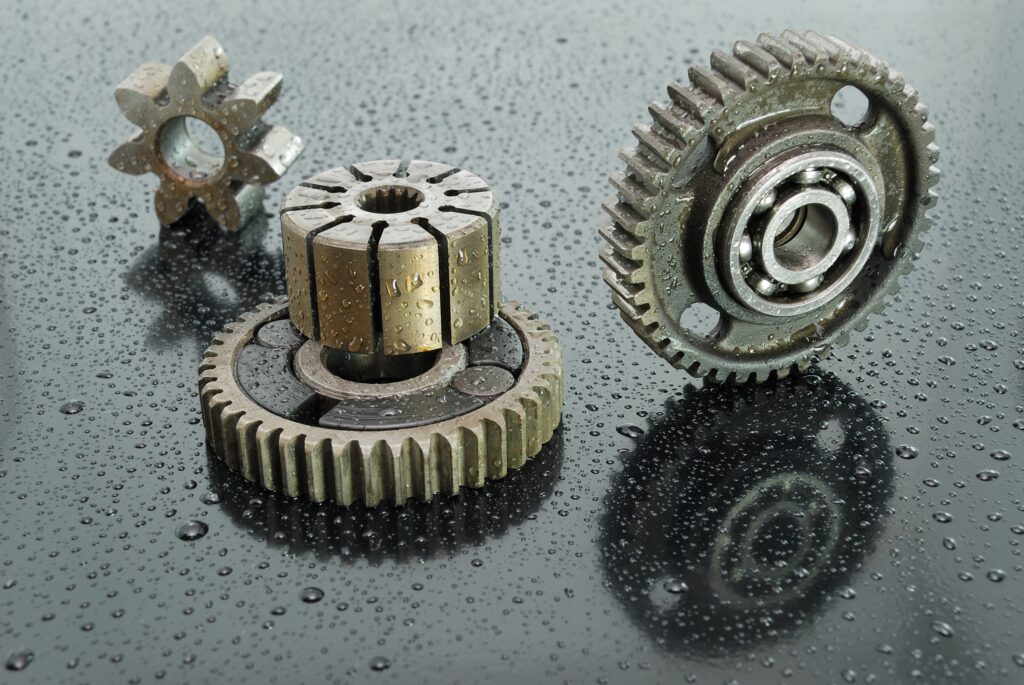
Rinsing & Drying Solvent Solutions for Optimal Manufacturing Results
Effective rinsing and drying with advanced solvents is critical for eliminating residues and moisture from components, ensuring superior cleanliness, preventing corrosion, and enhancing reliability and performance across electronics, semiconductor, and precision manufacturing processes.
Select subsegment :
Rinsing solvents
Rinsing solvents play a critical role in industrial cleaning within the automotive and aerospace sectors by ensuring the removal of contaminants and residues—essential for surface integrity, coating adhesion, and component performance; with INVENTEC providing advanced rinsing solvent solutions tailored to meet demanding requirements.
Discover how our sustainable rinsing agents and advanced solvent cleaners enhance co-solvent processes by delivering high-performance results in mechanical cleaning, electrical contact cleaning, and precision solvent rinse applications…
Learn more
Drying Solvents
Drying solvents are essential in industrial cleaning processes for sectors like automotive and aerospace, and INVENTEC provides advanced solutions that ensure rapid evaporation without residue, enabling faster processing and preventing corrosion or contamination on high-precision components.
Discover a faster, energy-efficient, and sustainable alternative to hot air drying with Inventec’s innovative drying solvent technology, ideal for mechanical cleaning, >electronic cleaning, and precision applications…
Learn more
Technical support
Inventec has a worldwide dedicated Technical Support team to help you along the different stages of our cooperation.
Depending on your request, we provide online or onsite support
- to select the right product based on your specific needs
- to assist you in your product qualification process
- to guide you with the initial set up of you process at all your worldwide manufacturing facilities
- to provide fast response on technical issues which could occur at any time during mass production.


Free-of-Charge cleaning trials
In order to know if our products reach your expectations on your specific part and according to your desired process, we provide FREE-OF-CHARGE cleaning trials in our Technical Centers. A comprehensive technical report detailing all test results and recommendations regarding process & process parameters will be provided. You want to attend the trials? We are happy to welcome you.
Drying Solvent & Dry Cleaning Solvent Processes Guide

In industrial applications, especially where precision and cleanliness are critical, the use of dry cleaning solvent and drying solvent is essential. Combining mechanical cleaning techniques with the power of dry cleaning fluid allows for thorough removal of contaminants on various surfaces. In many electronic assembly lines, electronic cleaning demands this exact synergy to avoid performance degradation. Often, a co solvent system is introduced to enhance the effectiveness of dry cleaning solvent by increasing its solubility range and boosting performance. Whether you’re addressing post-manufacturing residues or prepping surfaces for further treatment, mechanical cleaning supported by a high-performance drying solvent ensures reliability and consistency across different materials.
Utilizing a blend of dry cleaning solvent, drying solvent, and co solvent formulations can significantly streamline operations. The integration of mechanical cleaning methods with precise application of dry cleaning fluid allows contaminants like oils, particles, and fluxes to be removed efficiently without compromising material integrity. In high-stakes environments, especially where electronic cleaning is required for sensitive circuits and connectors, choosing the right co solvent and managing drying solvent procedures is not just about cleaning—it’s about process control, safety, and achieving a superior finish.
Drying Power in Motion: Automotive Applications
In the automotive industry, precision is non-negotiable. Mechanical cleaning plays a vital role in prepping parts like engine blocks and transmission components. The use of dry cleaning solvent and drying solvent ensures that even the smallest residues are removed before assembly or coating. Increasingly, electronic cleaning is critical for modern vehicles packed with sensors and electronic control units. A co solvent system enhances penetration into tight areas, while the dry cleaning fluid guarantees minimal impact on sensitive materials.
Flight-Grade Drying: Aerospace & Defense
For aerospace and defense components, every micron of debris matters. Here, mechanical cleaning is bolstered by specially formulated dry cleaning solvent, co solvent solutions, and targeted electronic cleaning approaches that meet stringent regulatory requirements. After dry cleaning fluid treatment, a controlled drying solvent process ensures zero residue, supporting high performance and safety standards critical to flight and defense systems—especially for avionics and mission-critical electronics.
Ultra-Dry, Ultra-Clean: Medical Devices
Medical device cleaning demands extreme accuracy and purity. Combining mechanical cleaning with highly effective dry cleaning solvent and drying solvent guarantees compliance with health standards. From surgical tools to diagnostic electronics, electronic cleaning ensures devices function reliably and safely. Using a co solvent mixture enhances disinfection without damaging delicate components, while a final drying solvent stage ensures surfaces are particle-free and sterile, ready for safe clinical use.
Read more
